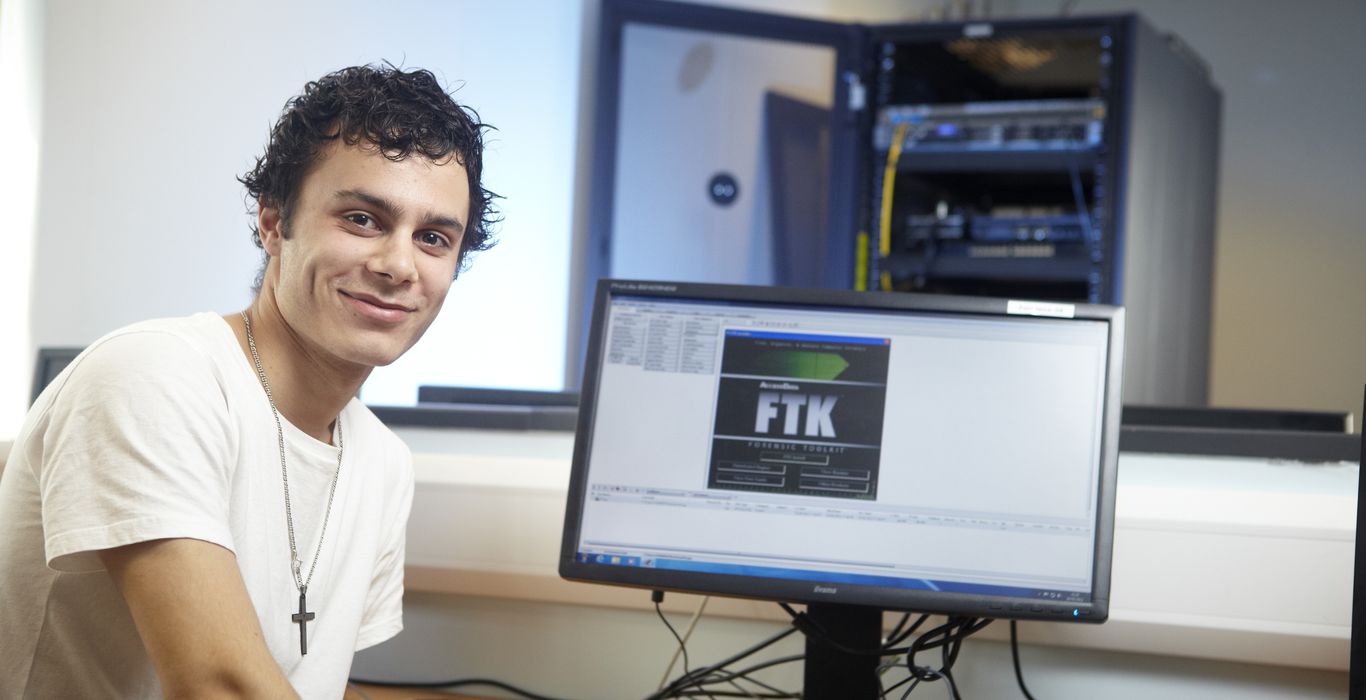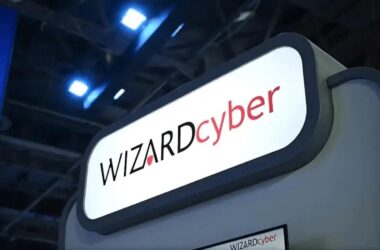I’m unsure with regards to you, but also for starters, despite thinking to myself that people had the experience all under my grasp always get confused when with the amount of buses in the current computer. Bandwidth within the CPU, memory, AGP plus technology for example Hypertransport always leave me within the spin, specially when you are talking with someone concerning this who manages that may help you question your own personal understanding.

I assumed I’d write it lower for reference, and hopefully produce an understanding to folks who want to find out about this subject.
Throughout this information we’ll try and grasp a comprehending of all of the components which can make a practical computer and hopefully see beyond the marketing which preys on having less understanding.
The Goal
Computers aren’t marketed nowadays within the purely technical perspective. All retailers or manufacturers make an effort to supply their product an advantage over much the same products in their class. Graphics cards and motherboards make the perfect demonstration of this right now. Different names, same technology.

Marketing even visits date regarding deviate within the correct technical terminology of computers. Kilo, Mega, Giga won’t function as same with regards to making figures “easy” for joe public.
Technically and proper:
1 bit could be a single unit of understanding portrayed by means of single or maybe a .
You will find 8 bits within the byte
You will find 1024 bytes within the kilobyte
You will find 1024 kilobytes within the Megabyte
You will find 1024 Megabytes within the Gigabyte
And incidentally, although not being utilised within the next sentences…
You will find 1024 Gigabytes within the Terabyte
1024*1024*1024 is awkward and will be offering results that aren’t nice for marketing.
Rather they’re going to multiples of 1000. 1000 bytes within the kilobyte, 1000 kilobytes within the megabyte and so on. This gives nice round figures.
Take this for instance (we’ll cover the calculations afterwards):
Technically:
PC2100 DDR Memory / DDR266 Memory
64 (bits) * 266,000,000 (Hz) = 17024,000,000 bits/s
(17024,000,000/8) / (1024*1024) = 2029.4MB/s
Marketing:
PC2100 DDR Memory / DDR266 Memory
64 (bits) * 266,000,000 (Hz) = 17024,000,000 bits/s
(17024,000,000/8) / (1000*1000) = 2128MB/s
Convenient no? It doesn’t only give a magical 100MB/of bandwidth, it is also a enjoyable number (no decimal places etc..)
Latency
The issue wealthy in multipliers in modern CPUs may be the latencies involved. The processor clock speed (we’ll use 1.73GHz for example) is a lot prior to the relatively paltry speeds within the memory bus, AGP bus etc.. the CPU finds itself getting to wait patiently around with the machine capture up.
We shall readily example for example:
A processor obtaining a 133MHz bus speed running at 1.73GHz includes a clock multiplier of 13 (13*133 = 1733).
# The CPU transmits a request somewhere memory for information # The CPU then waits one cycle (often known as command rate (1T) # The memory undergoes what’s known a RAS/CAS latency # The memory includes a delay to get the information referred to as CAS latency
Thus although the CPU has seriously seriously anxiously waited 1 CPU cycle then 4 bus cycles it’s needed to look for 1 (4 * multiplier) CPU cycles to obtain the data it had been after. For each memory bus cycle the CPU experienced 13 cycles. Almost no considering this 1.73GHz CPU has 1.73 billion cycles per second, but the quantity of occasions will the CPU access primary memory? A great deal so that it all accumulates.
Memory
We’ll consider 3 several kinds of computer memory inside the following sentences.
# SDR-SDRAM (Single Data Rate – Synchronous Dynamic Ram) – SDR-SDRAM was the dominant memory in the 90’s. Later version were provided by speeds of 66/100/133 MHz as standard. This type of memory is/was used by Apple and AMD for recent choices, even based in the i845/845G chipset while using the Pentium 4 processsor. Later we’ll show precisely what a mistake or distinct waste of CPU which was.







